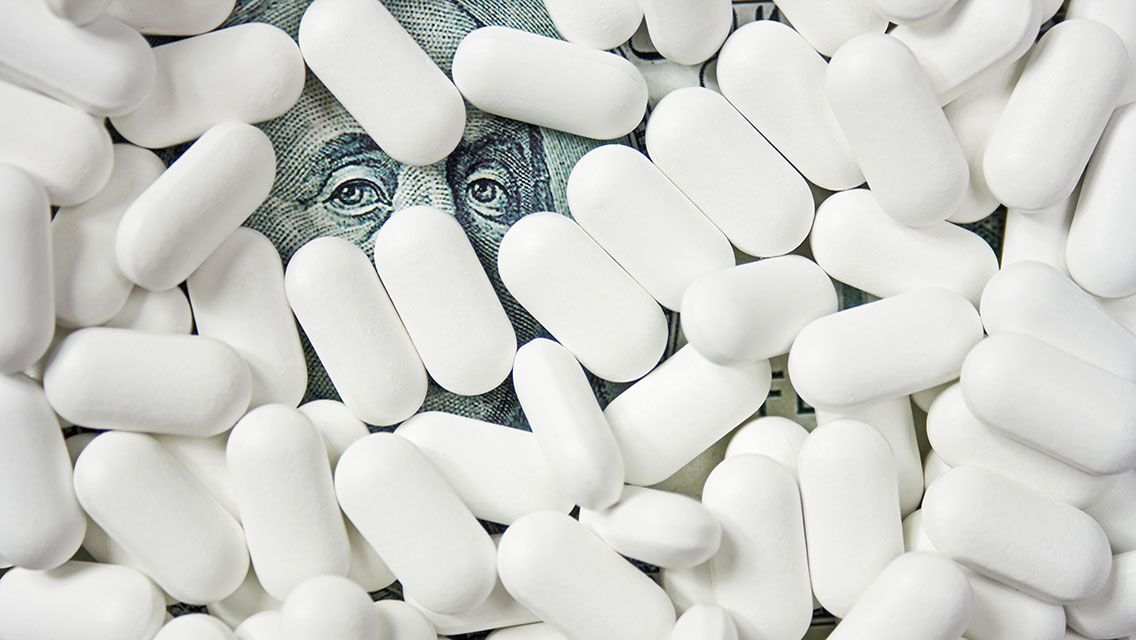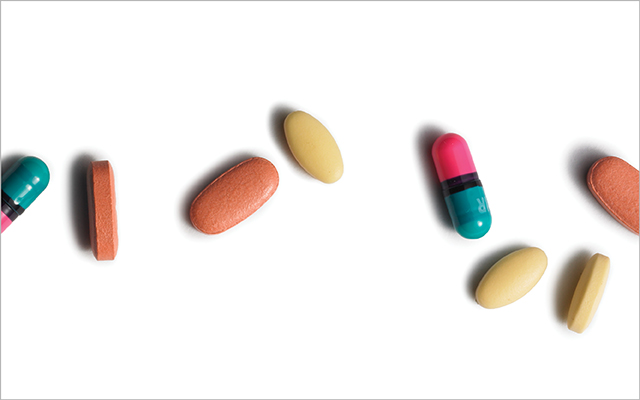It’s been an awfully brief honeymoon for Big Pharma. Mere months after Americans lionized Pfizer, Moderna, and Johnson & Johnson for their heroism in developing a vaccine to neutralize COVID-19, they and their industry comrades are now frantically converging on Congress to thwart a concerted effort to curb their well-documented price gouging.
The Biden administration last week called on lawmakers to include measures allowing the federal government to negotiate drug prices with manufacturers as part of its $3.5 trillion legislative package currently under consideration. If that weren’t enough to roil the relationship, those negotiated prices would not just apply to the Medicare set; they’d translate to lower prices for all Americans.
The subsequent howl issuing forth from Big Pharma would have been pathetic had it not been so predictable. The proposed legislation, PhRMA CEO Steve Ubl tells the New York Times, represents “an existential risk to the industry.” It would crush revenues, reduce research and development, and dampen private investment. Unspoken, but certainly implied, was a foreboding future in which America could no longer count on the industry to provide its healing touch to an ailing populace.
The R&D line is a familiar one and goes like this: The only way a company can recoup the massive costs of developing a drug is to charge exorbitant prices. (Americans pay roughly two-and-a-half times what people elsewhere in the developed world pay for the same drug.) Lower those prices and you remove the industry’s incentive to keep churning out its life-enhancing products.
To be sure, research and development is not cheap: In 2019, Big Pharma spent $83 billion, according to an April report from the Congressional Budget Office (CBO). That’s about 22 percent of its $377 billion in revenue. But the industry also spent $6.56 billion on direct-to-consumer advertising as well as untold billions on other marketing and promotion efforts. Among some of the leading drug companies, in fact, marketing outpaced R&D by a considerable margin. Eli Lilly, Pfizer, Novartis, and AbbVie spent a combined $42.4 billion to convince us (and our doctors) to buy their drugs in 2019 — a whopping 28 percent of their $153.79 billion in revenue — while devoting $30.6 billion to R&D.
And what Ubl and his compatriots tend to suppress about the whole R&D equation is that much of the heavy lifting happens at much smaller companies. Pfizer and its brethren often wait for the drug to be developed and then simply buy the company. As the CBO report notes: “Over the past three decades, about one-fifth of drugs in development — or the companies developing them — have been acquired by another pharmaceutical company.”
It’s a trend that continues. Pharma companies earning more than a billion in annual revenue, the CBO adds, “have only initiated about 20 percent of drugs currently in phase III clinical trials.”
Also generally left unsaid by industry apologists: The federal government, via the National Institutes of Health (NIH), foots a good deal of the R&D bill. “Between 2010 and 2016, every drug approved by the FDA was in some way based on biomedical research funding by NIH,” the CBO points out. “Indeed, most of the important new drugs introduced by the pharmaceutical industry over the past 60 years were developed with the aid of research conducted in the public sector.”
And when you consider the largesse Congress bestowed on Big Pharma with the 2006 implementation of the Medicare prescription drug plan, which fueled a surge of new drugs for seniors — and profits for manufacturers — it’s natural, I guess, for Ubl and his comrades to wonder, Where’s the love?
It’s all about the politics, of course. Biden and congressional Democrats have to find a way to pay for their sprawling $3.5 trillion package; lowering drug prices would substantially cut Medicare and Medicaid payments — an argument that could win favor among fiscal conservatives. And it’s obviously a popular notion among voters who empty their wallets every time they go to the pharmacy to pick up their prescriptions.
Still, I suspect the odds that this nightmare for Big Pharma comes to pass are pretty long. The industry’s lobbying forces are formidable, and lawmakers are notoriously spineless when faced with the slightest resistance from those who they’ve come to depend upon to finance their campaigns.
So, we needn’t worry too much about Pfizer and its friends. They’re accustomed to their status as price-gouging villains and seem to be perfectly happy to play that role as long as the billions keep rolling in. They know the love will return with the next pandemic.





This Post Has 0 Comments